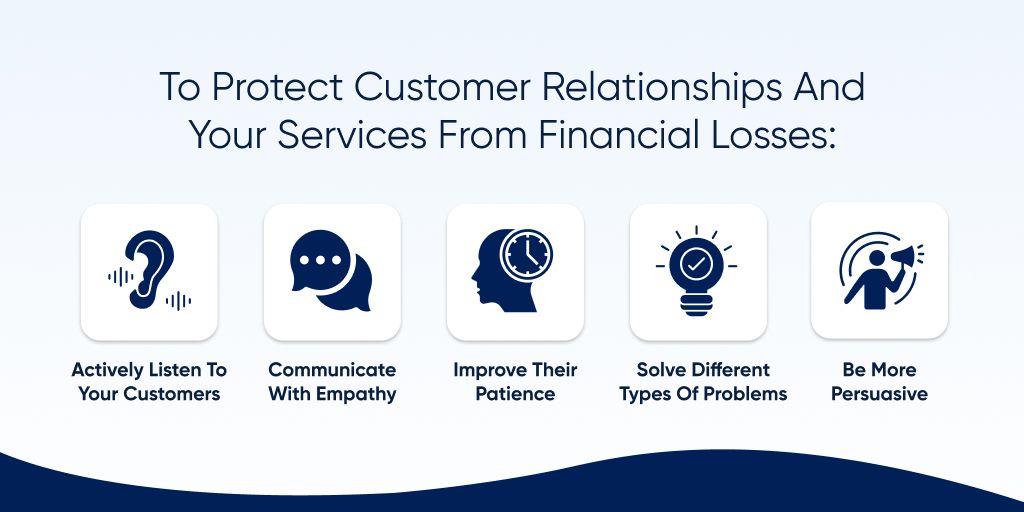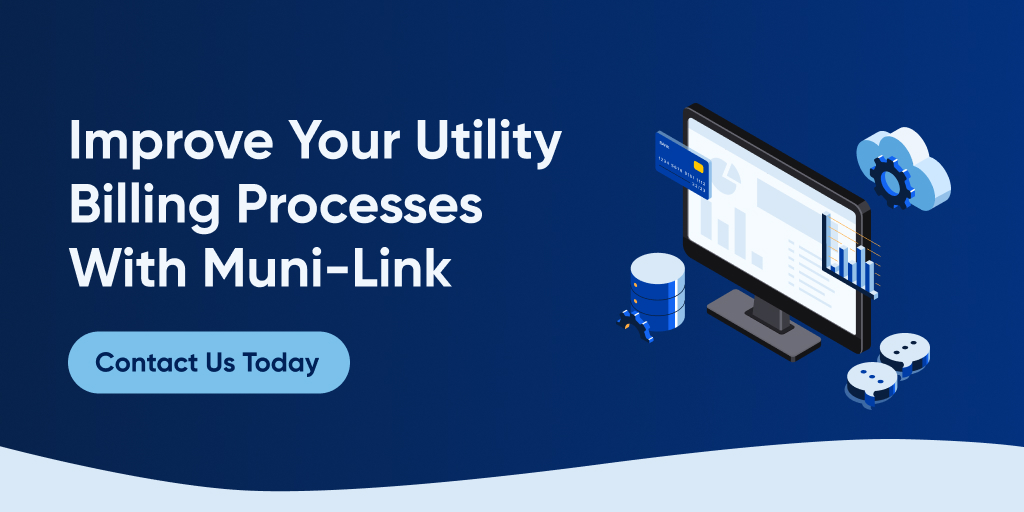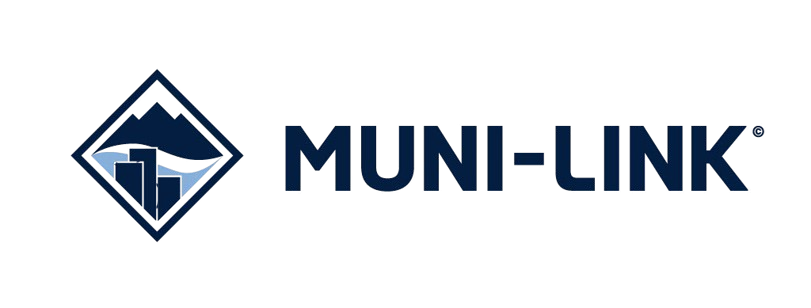
Navigating the Challenges of Utility Billing: Common Pitfalls and Solutions
Utility billing challenges range from customer dissatisfaction to cybersecurity issues. If left unchecked, they can cost your business long-term and even make you susceptible to litigation. What’s more, whether you’re a commercial utility service provider or a government agency, there are compliance requirements to follow. This article highlights the common utility billing problems and what you can do about them.
1. Lack of Regulatory Compliance Assessments
One of the major utility billing pitfalls is the lack of a proactive approach toward compliance. Government utility providers need interagency agreements when offering services to fellow government agencies, while commercial utility providers should comply with Federal Acquisition Regulation (FAR) Part 41. States and municipalities have billing requirements that apply to regular consumers, too. These regulations can include the required billing information, notice requirements and disconnection procedures.
For instance, Washington requires up to two months of billing cycles. The customer’s bill should also show the following:
- Total payment due
- Date of delinquency
- Beginning and ending meter readings
- Any municipal tax surcharges
- When a bill has been prorated
- If the bill is estimated, and the methods for estimation
- Maximum demand
- Business address, operating hours and toll-free telephone number
In Virginia, you cannot disconnect water or wastewater utilities for residential customers if the forecasted temperature will be above 92°F within 24 hours of the supposed disconnection. You should also follow the nonpayment notice procedures and the allowable time frame for disconnection.
These regulations may change, so staying on top of them requires effort. Regular audits can help avoid legal penalties, while software solutions can track regulatory changes that make compliance easier. However, beyond compliance, a comprehensive billing statement reduces customer misunderstandings, which can increase their satisfaction with your services.
2. Poor Customer Service
As a service provider, you likely have customer inquiries. Effectively navigating their queries matters in overcoming utility billing issues and keeps customers satisfied. Studies show that poor customer experience can cost companies worldwide around $3.7 trillion annually. Knowledgeable, helpful and friendly employees are also the top three reasons customers stick with a specific company, while 64% of them will find another if a business lacks good customer service.
To protect customer relationships and your services from financial losses, you should train your staff on how to:
- Actively listen to your customers.
- Communicate with empathy.
- Improve their patience.
- Solve different types of problems.
- Be more persuasive.

Your staff should understand your client base well to know your customers’ pain points. You should also have standard procedures for common issues. If you’re a commercial utility service provider, customers may complain to the relevant government agency if you fail to solve their problems. This affects your reputation and authority, impacting your current and future client base.
3. Subpar Contract Terms
If you have clients who’ve been with you for some time, review their utility contracts and look for suboptimal agreements. Outdated contracts can significantly cost your services in the long term. Scheduling regular or annual reviews and renegotiations ensures you still offer optimal rates.
Government agencies purchasing utility services must follow FAR Part 10. Reviewing these requirements can help you understand how to position your services. FAR Part 10 covers market research and how it’s essential before agencies create new requirements, combine contracts, or purchase products or services worth more than the simplified acquisition threshold (SAT). The SAT for 2025 is $350,000.
For regular consumers, you should also conduct market research and study the benchmark rates to know how much you can renegotiate. Additionally, reviewing the contracts will help you spot a client’s noncompliance and decide whether you need to update the agreement due to newer regulations.
4. Accuracy Issues
Billing mistakes cause customer dissatisfaction and demand more of your resources to fix the inaccuracies. This is exacerbated by slow, manual invoice processing that is prone to errors. The delays also reduce the time for customers to prepare the payments, potentially leading to missed deadlines and penalties. In March 2022, the National Energy Assistance Directors Association stated that 20 million households were behind on their utility bills, owing a total of $19.5 billion. This ultimately leads to budgeting issues for both the customers and your company.
Automated software and standardized processes prevent these inefficiencies. Modern software programs allow accurate data entry while offering comprehensive payment processing features. Additionally, regular audits help increase utility billing accuracy while giving you the room to monitor your process and improve your systems. Your process may include:
- Creating a comprehensive and updated database of your service rates.
- Reviewing duplicate charges, incorrect billing statements, and potential noncompliance.
- Processing refunds or bill credits for overcharges.
- Identifying opportunities for optimizing energy usage.
Audits can take 30 to 90 days, depending on the complexity of your billing records. Using automated software can help speed up the process.
5. Outdated Legacy Systems
Outdated technology impacts your productivity due to slower processing times and increased chances for errors. If you also work with multiple software programs, utility billing integration issues can arise, preventing a single source of truth and leading to fragmented data. This decentralization can also lead to miscommunication between departments, resulting in a lack of visibility and more errors.
What’s more, data security becomes a concern with older technologies. These outdated systems weren’t always built with cybersecurity in mind. Rising cybersecurity risks make robust security measures essential, especially since you handle sensitive customer data. Ransomware attacks may freeze your documents, while attackers ask for ransom before releasing your files, which can cost your business significantly. In 2025, the paid ransom averaged over $1.3 million.
Opt for modern and updated software when streamlining utility billing processes to avoid risking your customers and business. Cloud-based software provides an easily accessible database, preventing miscommunication between departments. Additionally, 40.2% of the victims reported that the common cause of ransomware attacks is a lack of expertise. So, training or hiring the right staff also protects your business.
Improve Your Utility Billing Processes With Muni-Link
Muni-Link offers efficient utility billing payment processing, helping you communicate with your customers in a modern and reliable way. Because our solutions are cloud-based, you can securely back up your data and access it from any device. As one of the country’s leading utility bill management companies, we have expertise in working with local governments and municipal authorities. You can count on secure and efficient utility billing processes and dependable customer support when needed.
As the first and only software dedicated to streamlining municipal billing, our platform allows you to communicate with the public in an innovative, low-maintenance and intuitive manner. Contact us today to learn more about our services.

